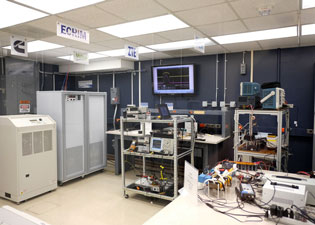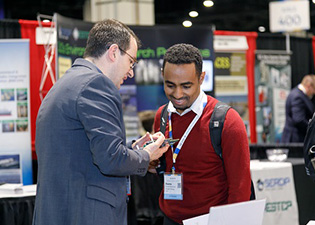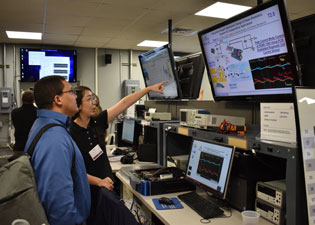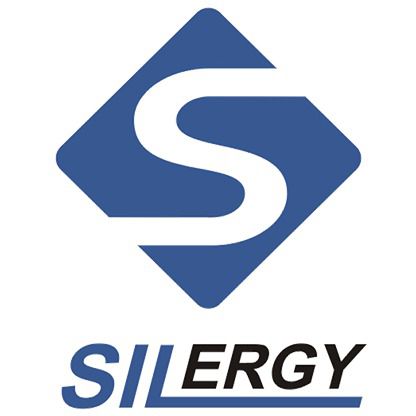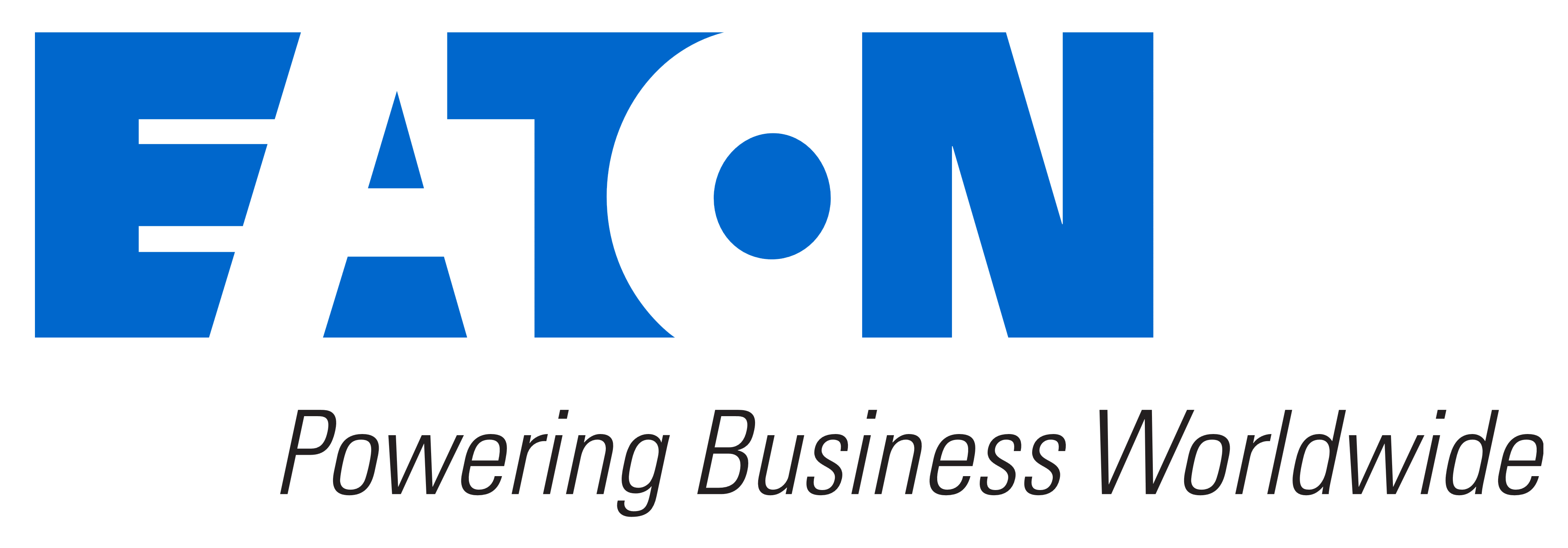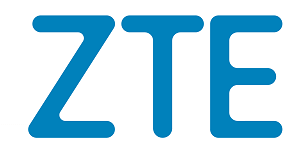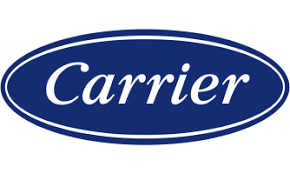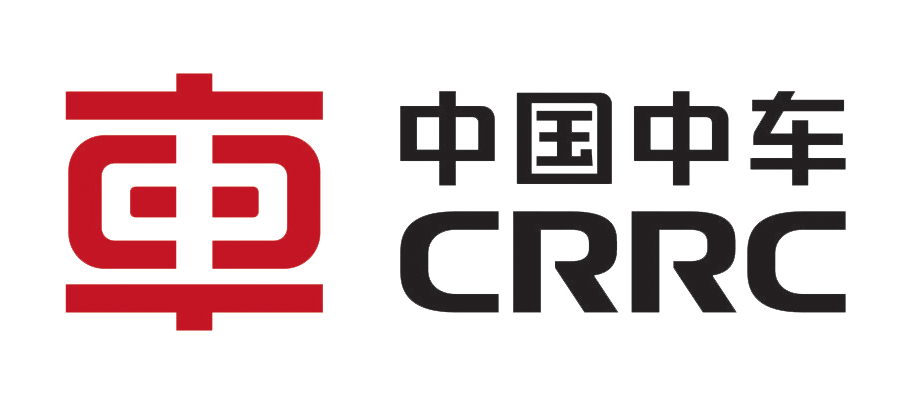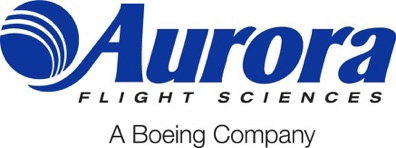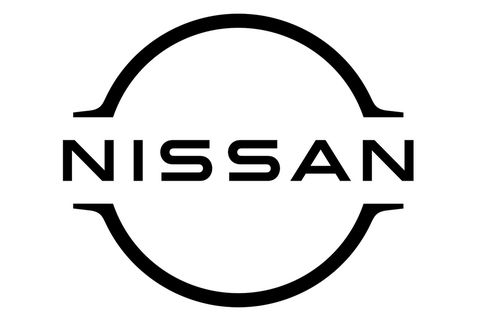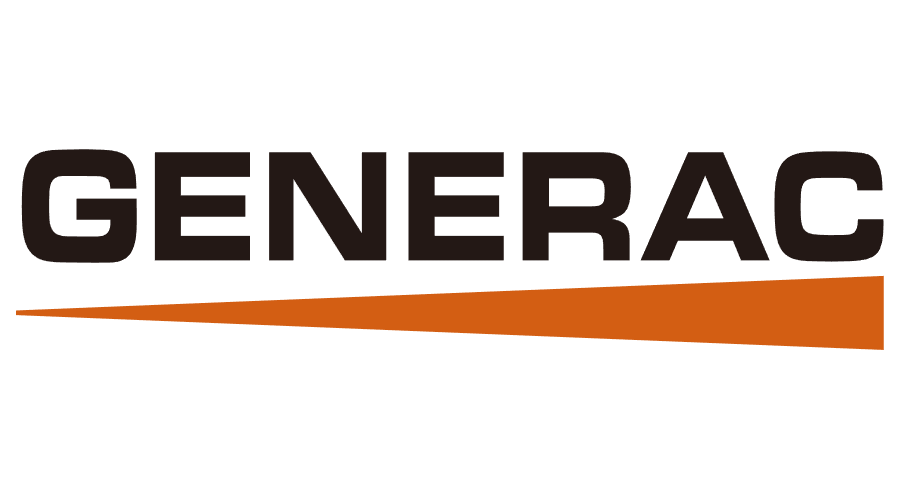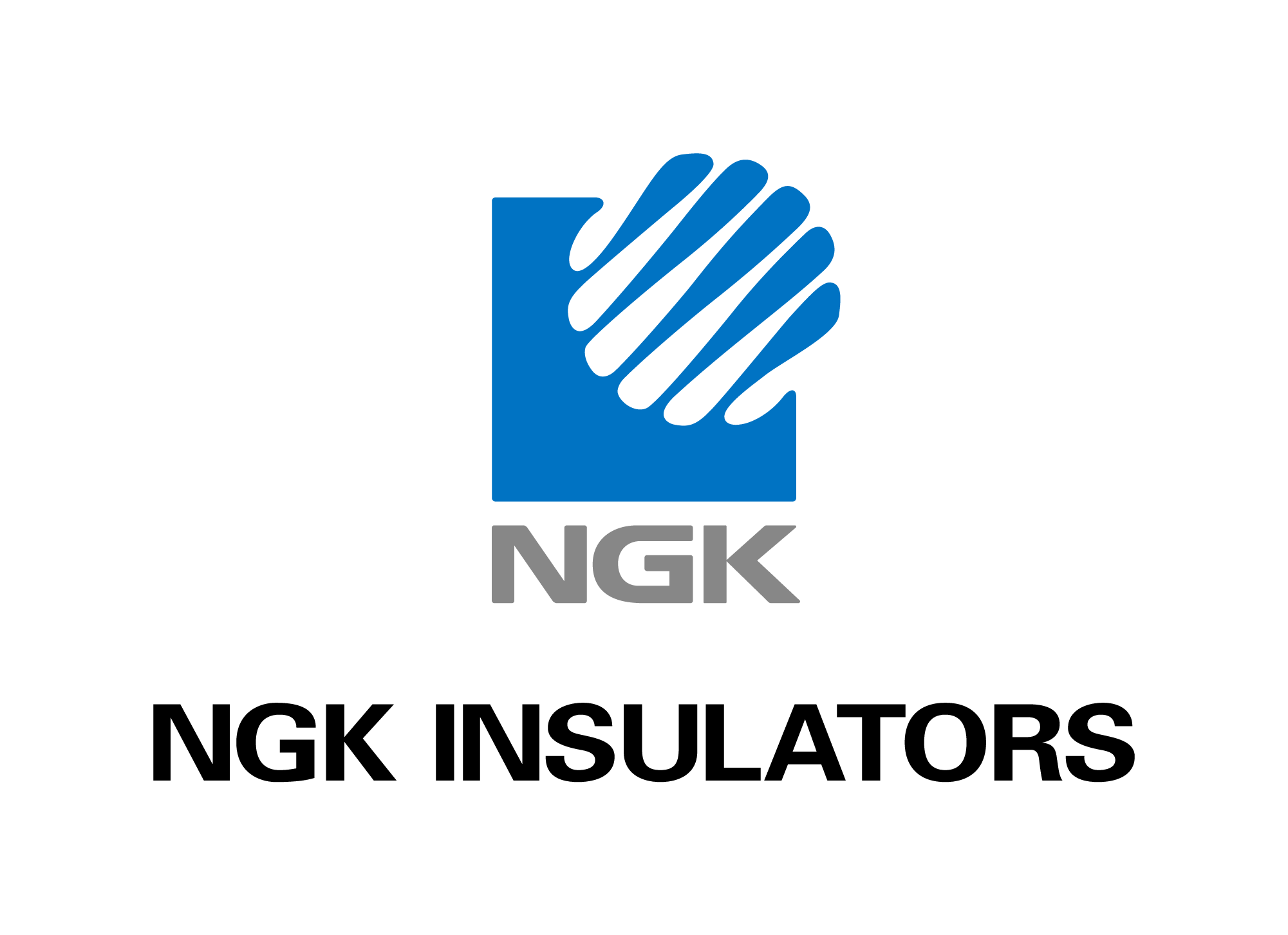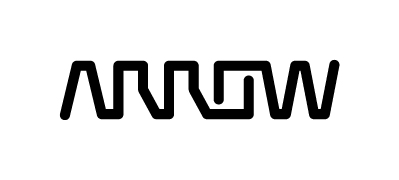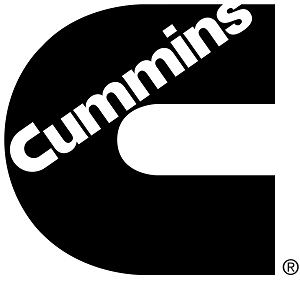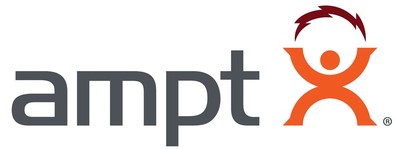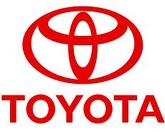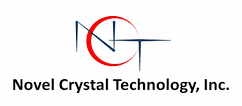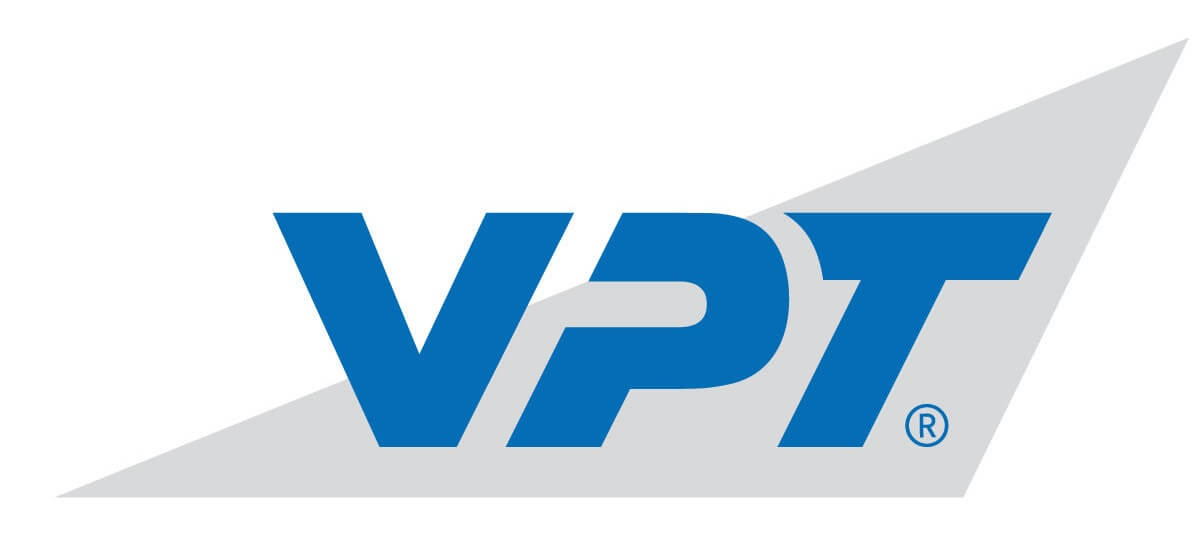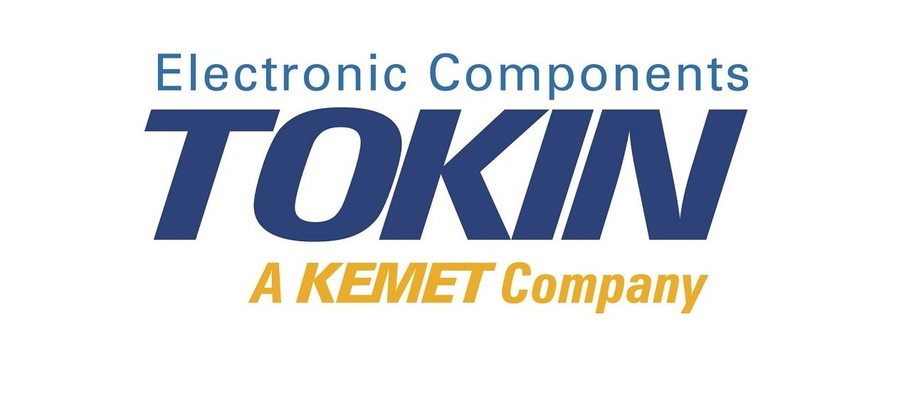RESEARCH
Technology Areas
POWER ELECTRONICS COMPONENTS

Advanced architectures and topologies require superior power electronics components, including power semiconductor devices, magnetic components and capacitors. Developing these components is a major effort in CPES laboratories.
Low profile magnetic components — The design and integration of magnetic components is growing in importance. CPES is studying new high-frequency magnetic materials suitable for high-frequency applications in the multi-MHz range. For accurate characterization and optimal designs, CPES researchers have developed a combination of high- frequency modeling and nite element analysis.
With the increased popularity of portable electronics, low-power dc-dc converters are growing more popular. However, bulky magnetic components are a major barrier for integrating a dc-dc converter into a single chip. For example, in a conventional embedded winding with vertical ux, the inductance density will suffer when the core thickness is very thin. CPES is exploring 3-D integrated technology, such as using a low-pro le inductor with a lateral ux pattern as the substrate. This can provide a large inductance density even with very thin core thickness.
Test performance surpasses that of commercial surface-mount power inductors of a similar value and outperforms the power handling capability of on-chip inductors designed to operate at similar circuit conditions by a factor greater than ten. To further improve the performance and reduce the size of the inductor, different magnetic structures and ux patterns inside the core, as well as the ux coupling, are being investigated.
Switch structures — CPES has been investigating different switch structures since 1997, such as the lateral trench and JFET, and monolithic integration approaches for high-frequency, high-density POL applications. Based on this experience and proprietary tools, CPES is developing a robust analytical loss model for POL applications with proven accuracy.
Silicon carbide MOSFETs and JFETs — With the recent developments in wide-bandgap semiconductor devices, silicon carbide (SiC) JFET and power MOSFET have become two candidates for commercialization. Featuring high- blocking voltage, high-workable temperature and low on-state resistance, SiC switches have shown great potential in high–power, high-voltage, high-frequency, and high-density (H4) applications. CPES has been working with device manufacturers to evaluate the performance of these devices, and investigate their use in H4 converters.
Early results for SiC MOSFETs show a blocking capability that is at least two times better than Si MOSFETs with a ve-times reduction in on-resistance. SiC MOSFETs also perform well under high temperatures. SiC IGBTs, on the other hand, have exhibited much higher switching speed and lower switching loss compared to similar Si IGBTs.
SiC JFETs also show promise and have been tested both with ultra-fast gate drive circuits and with regular switching speed. In both cases, SiC JFETs achieve much higher power density than convention Si devices.


